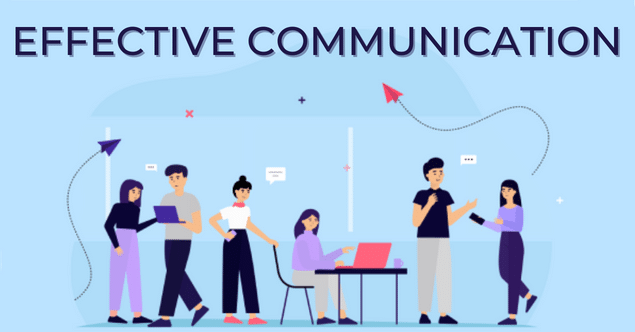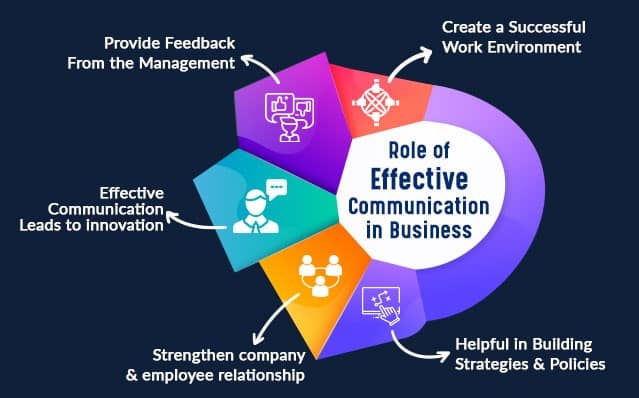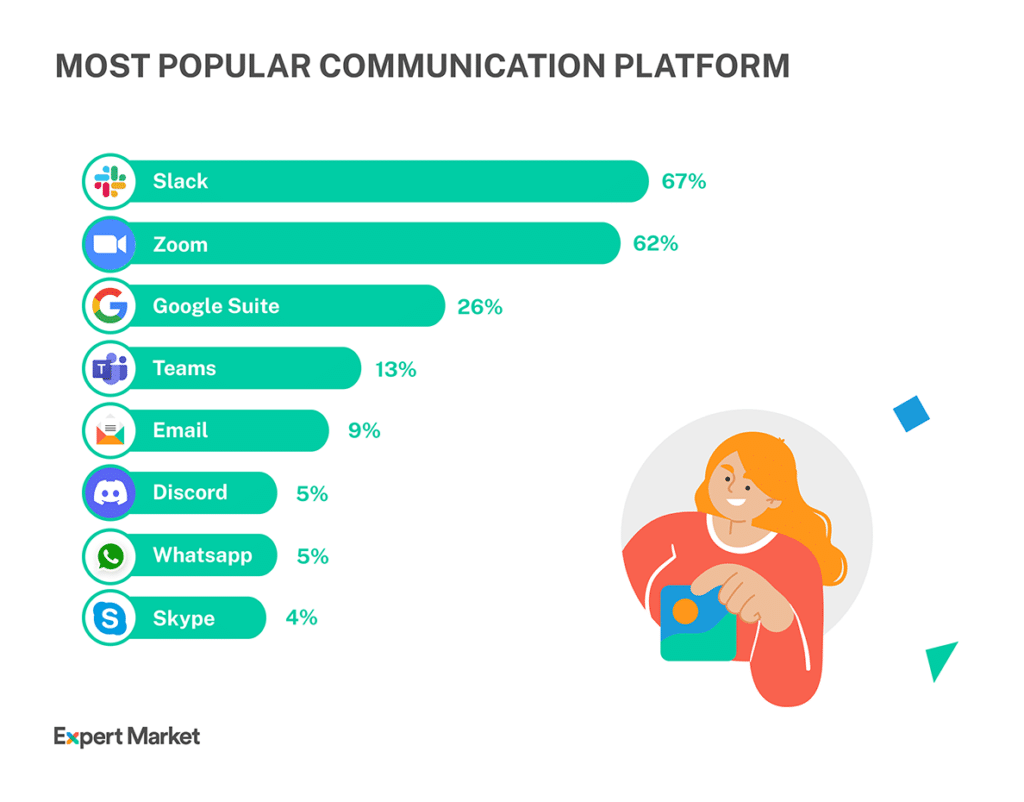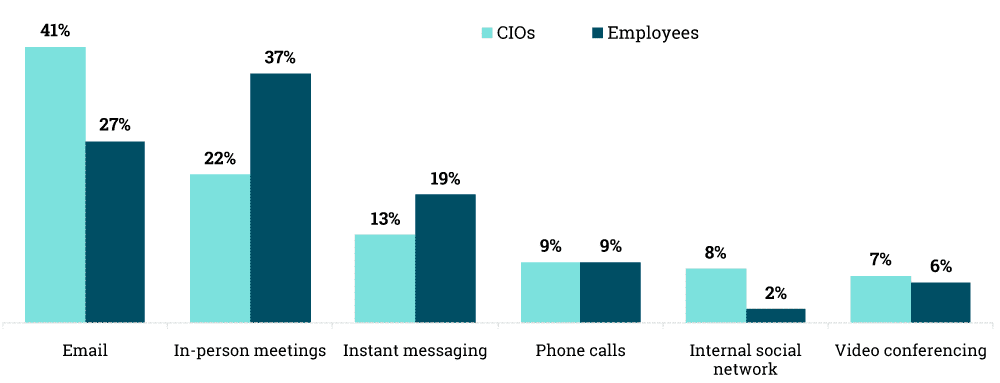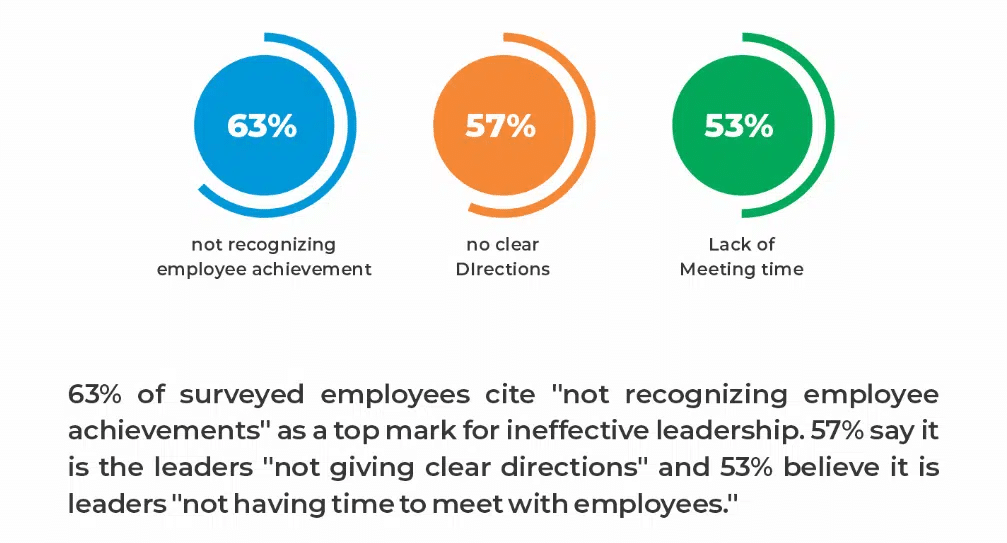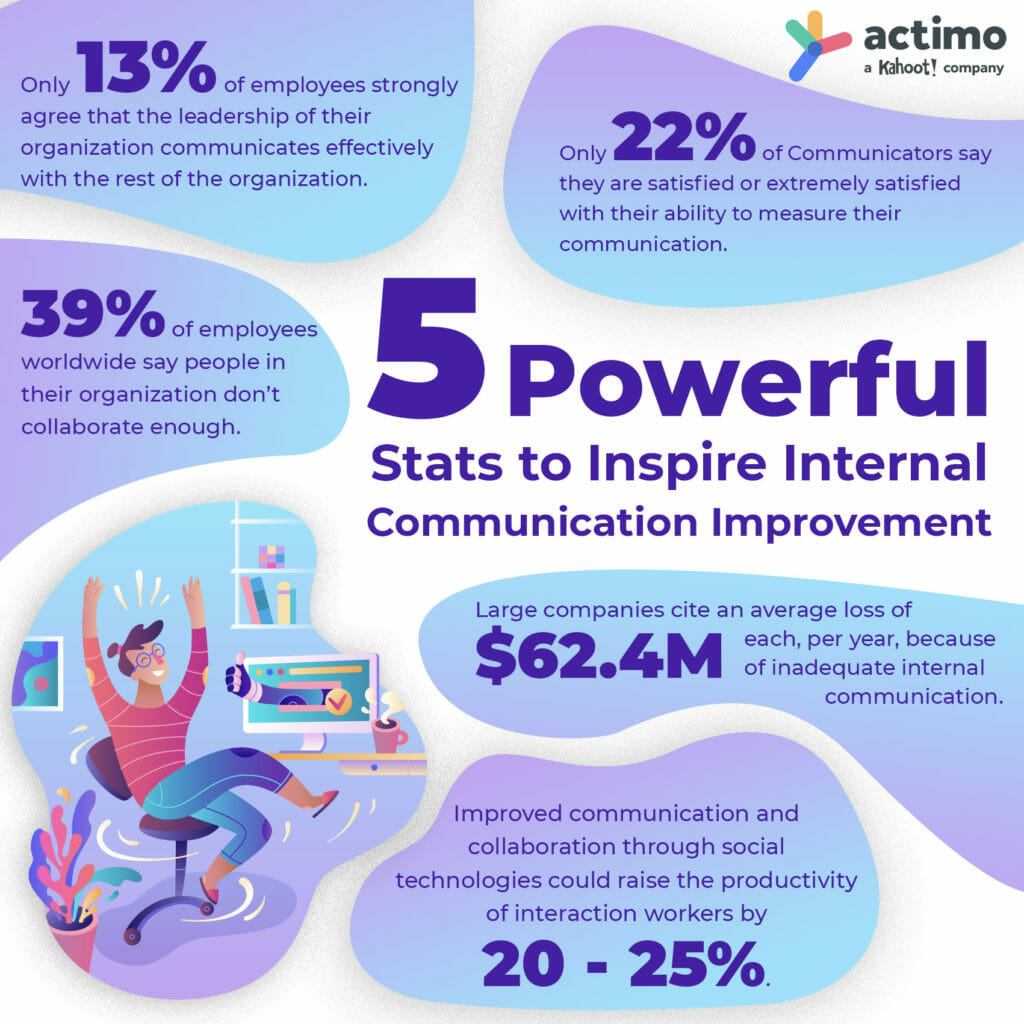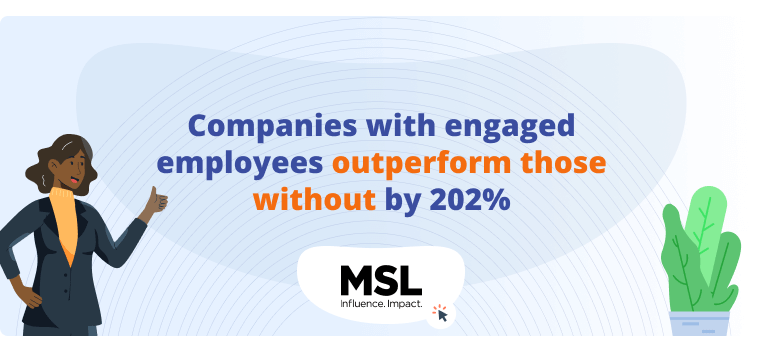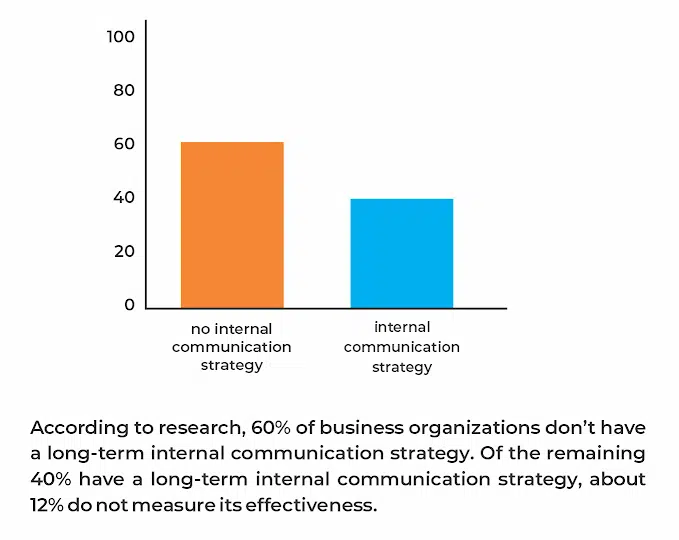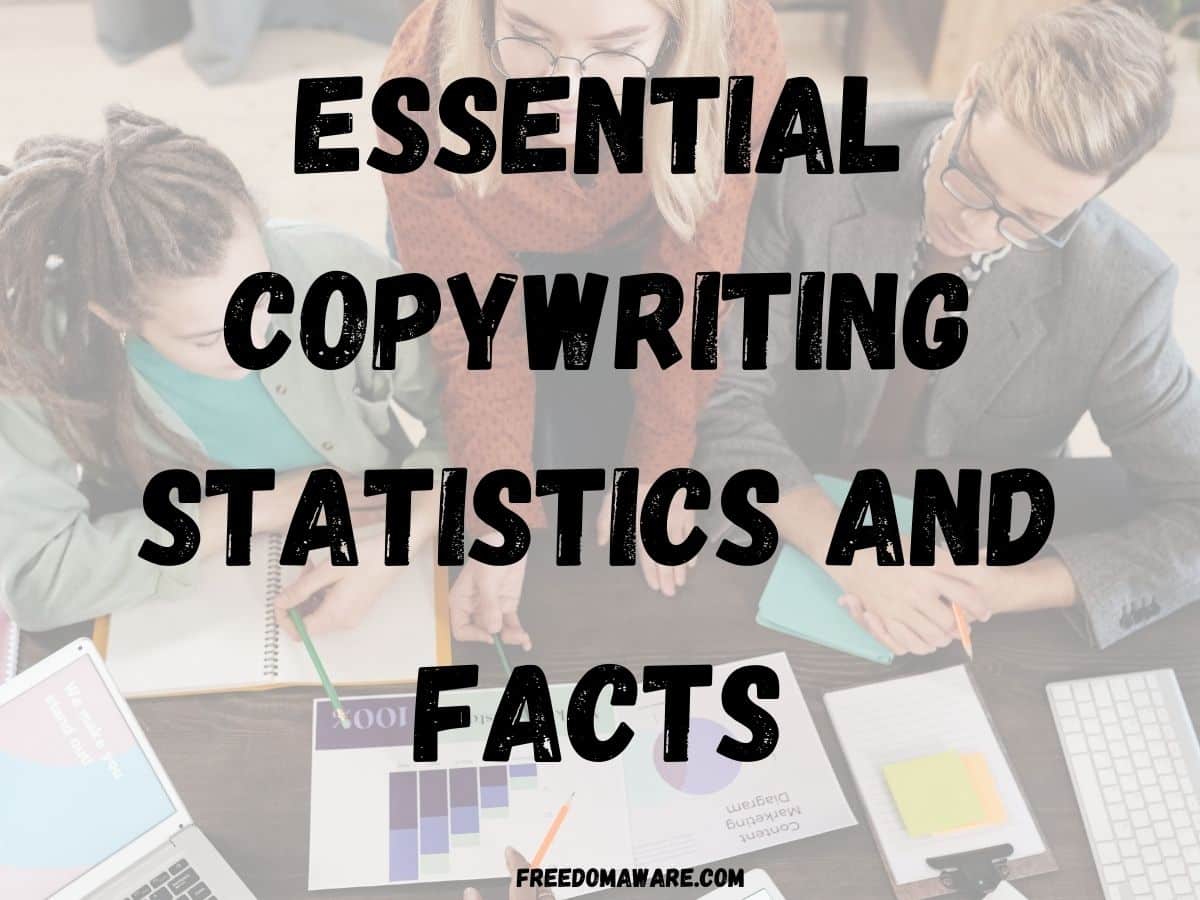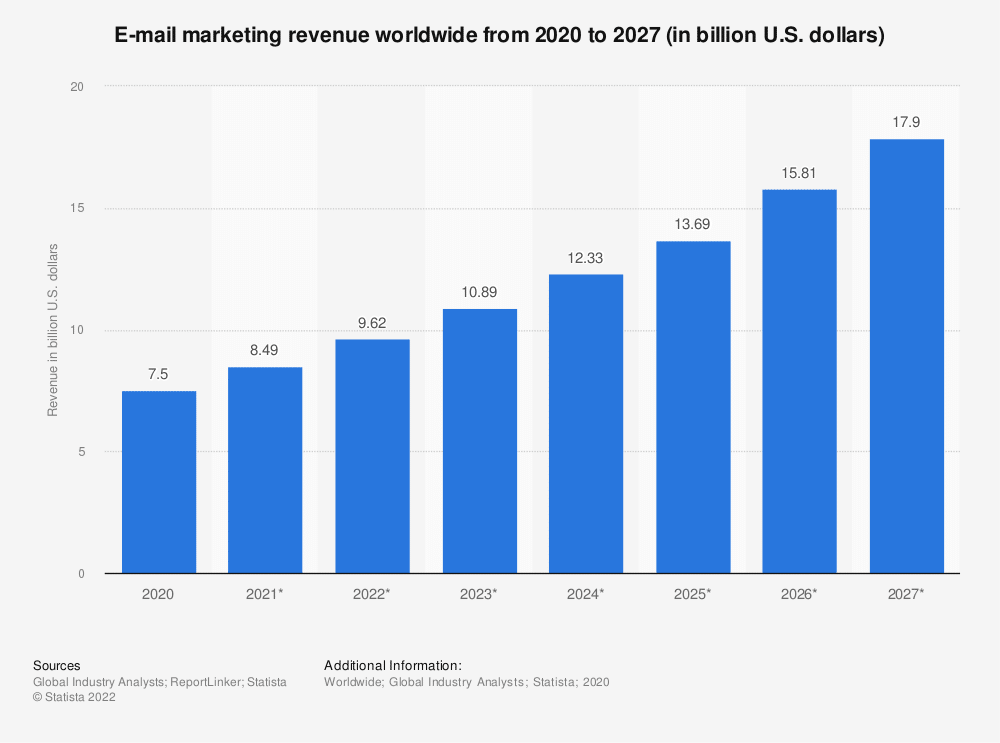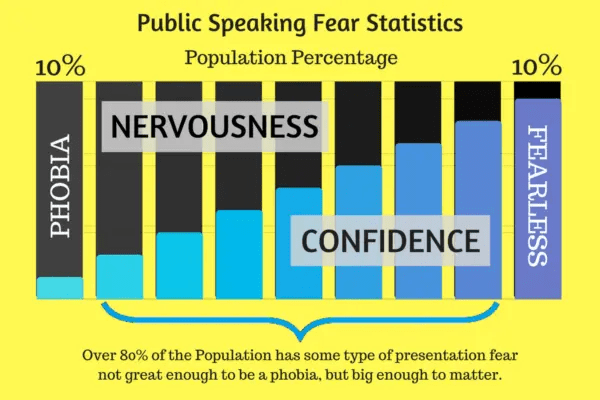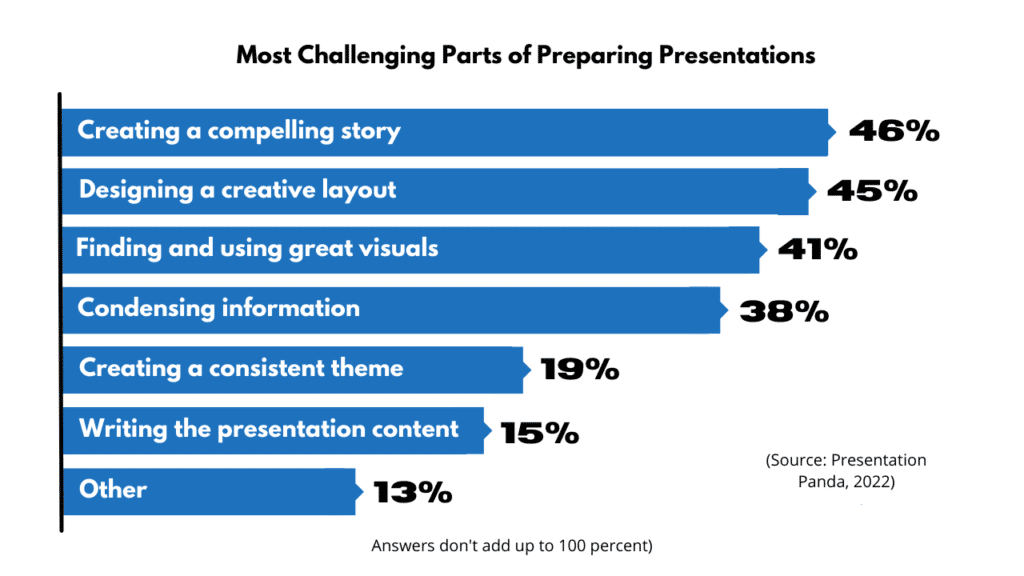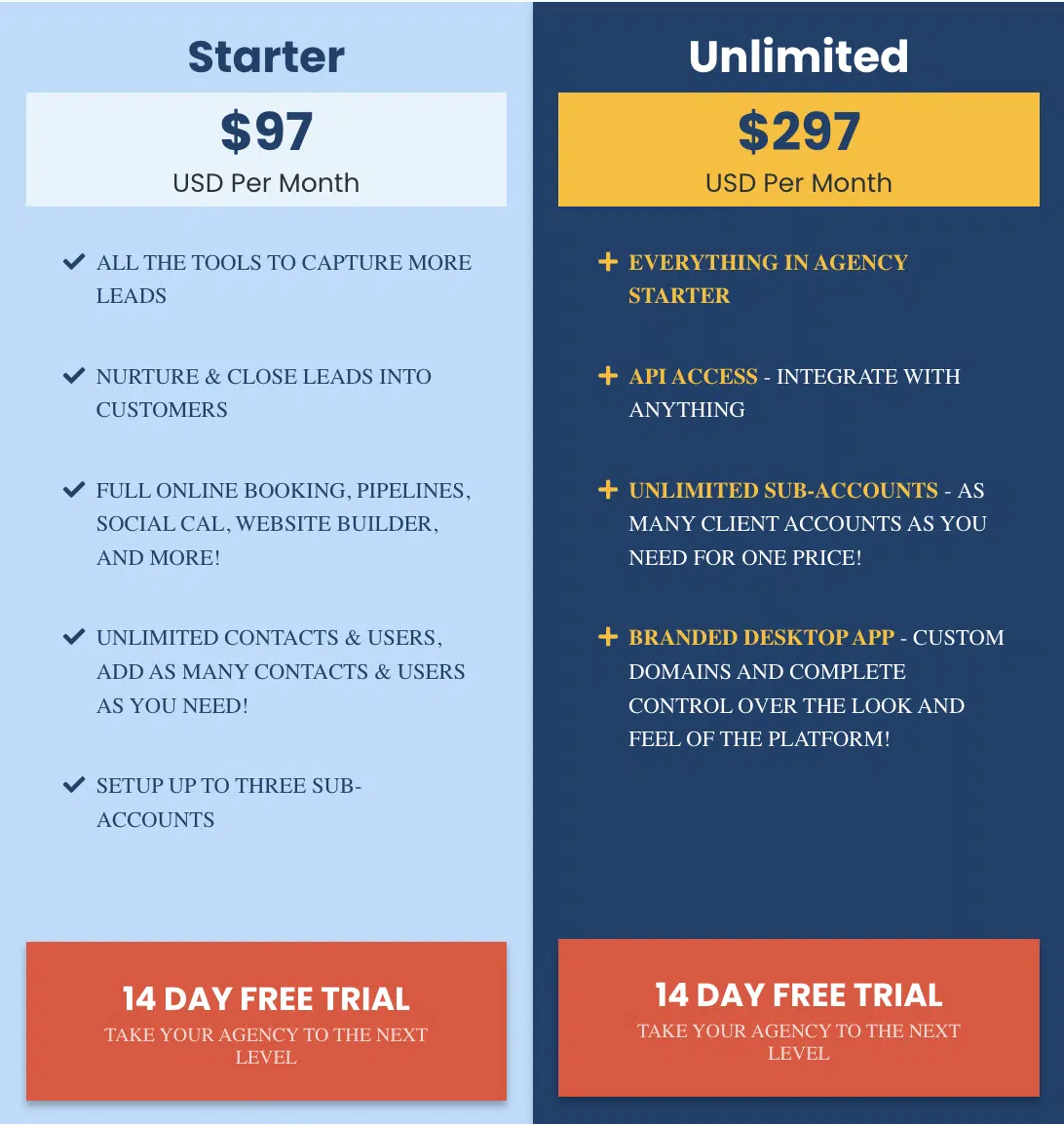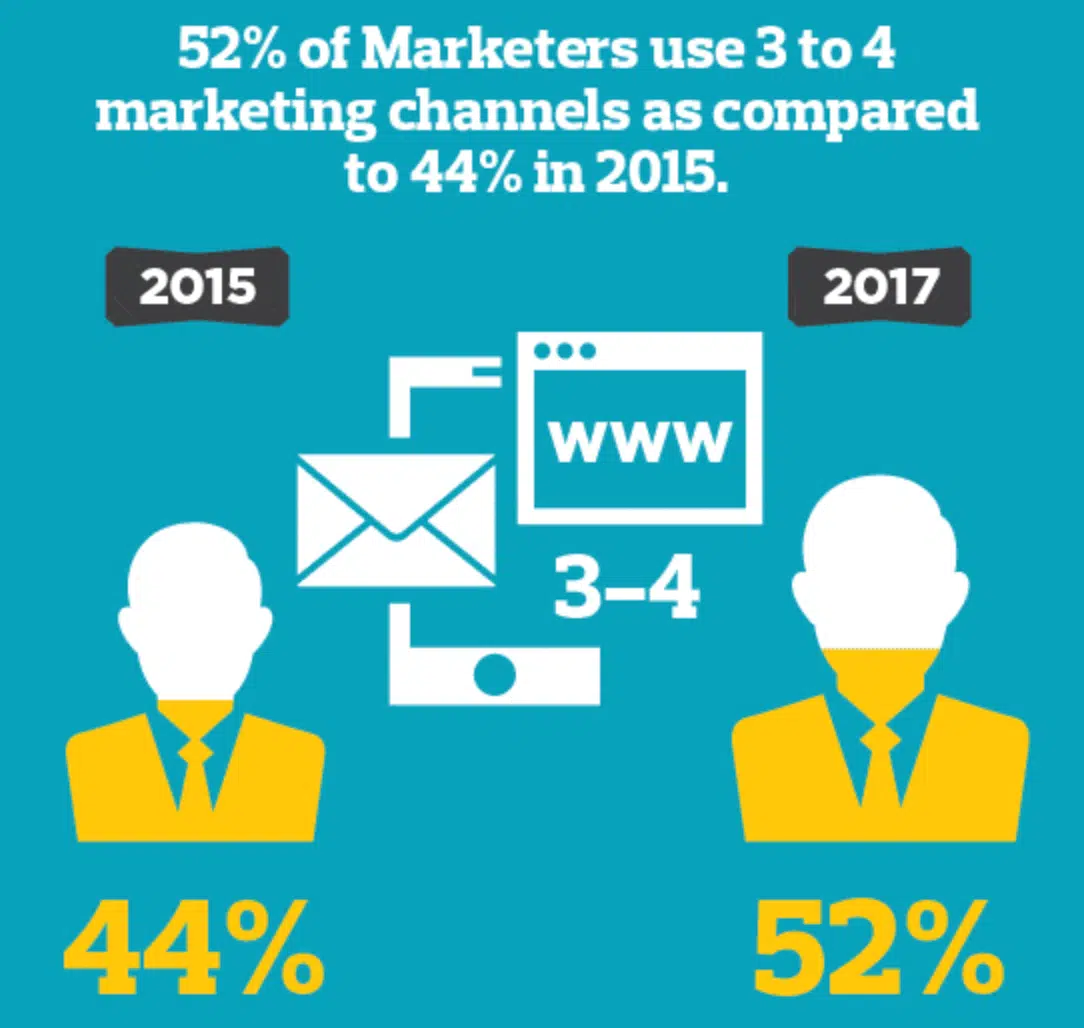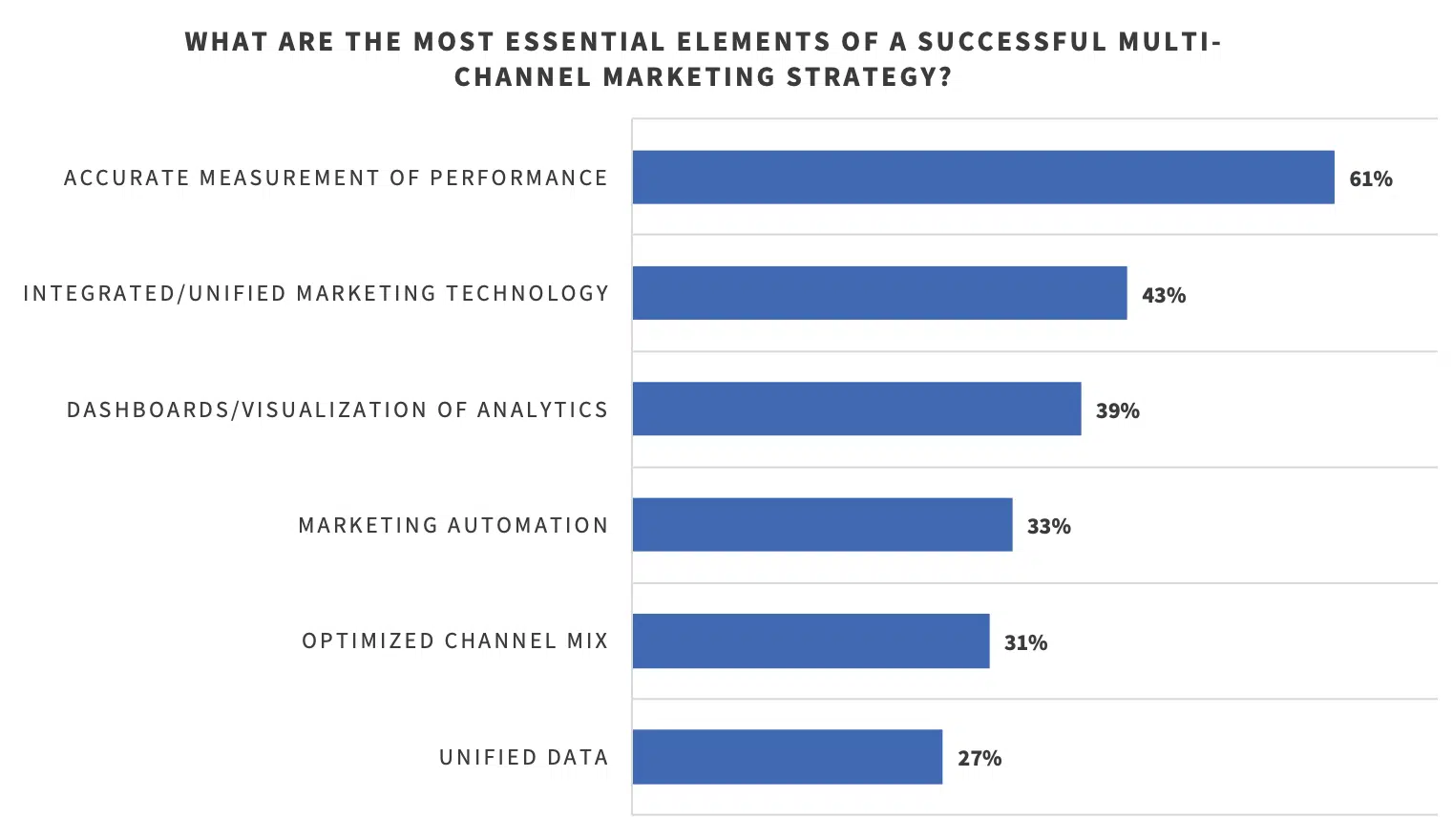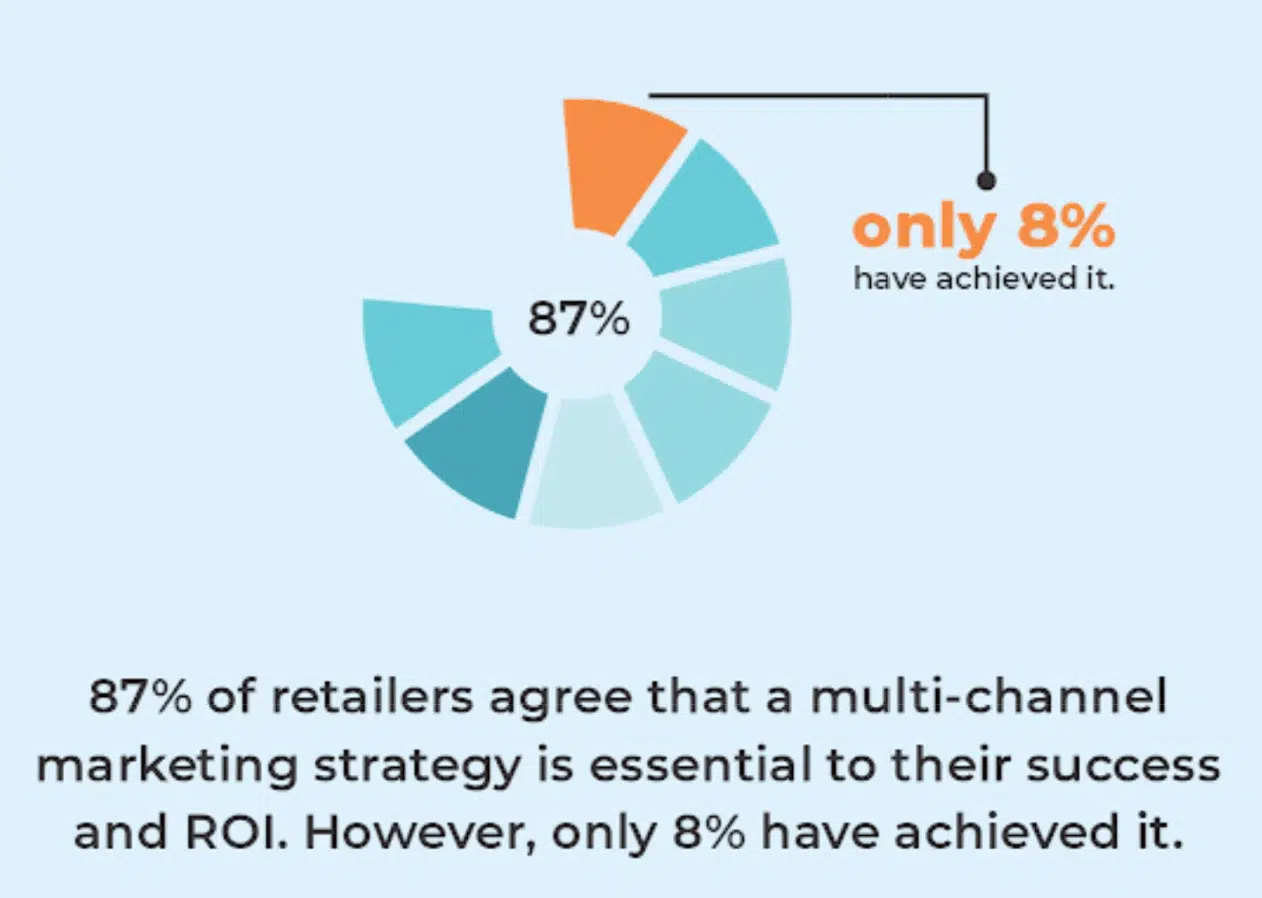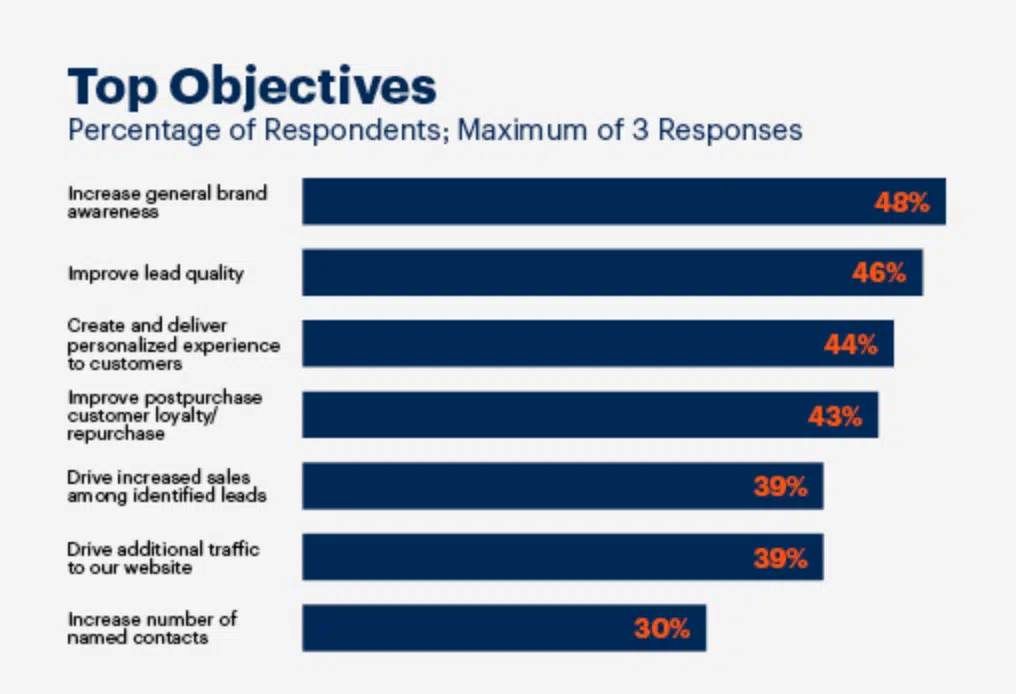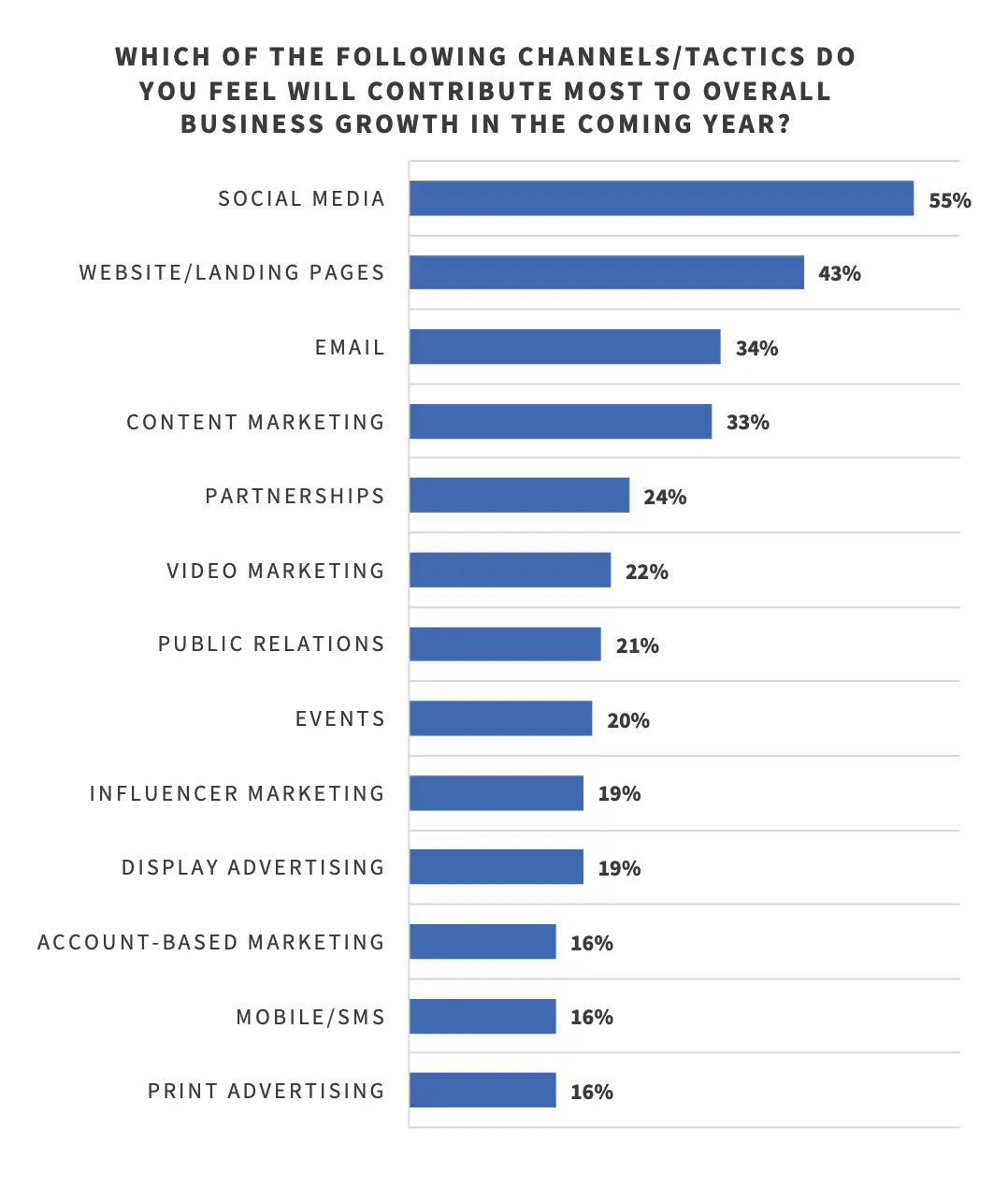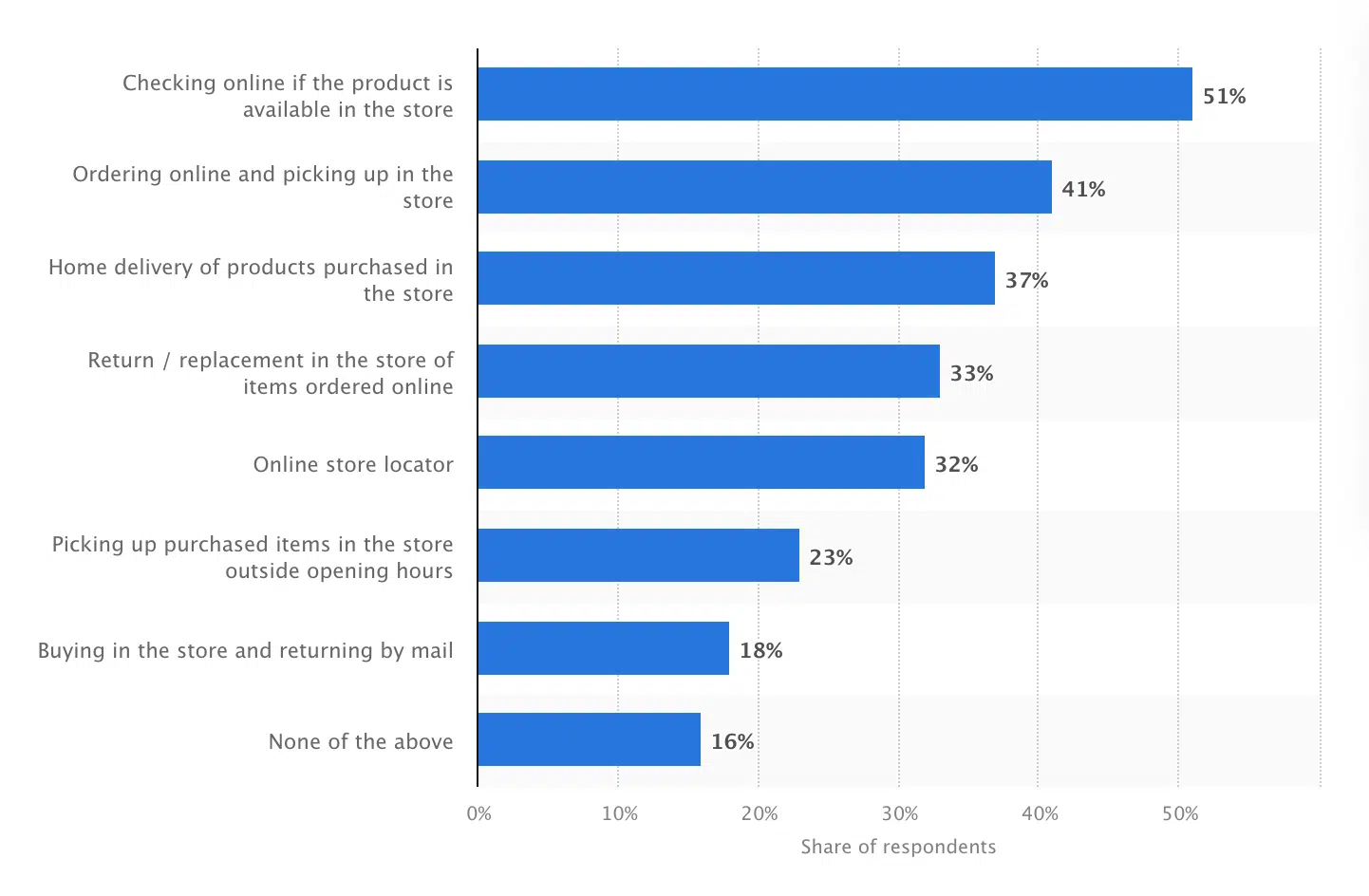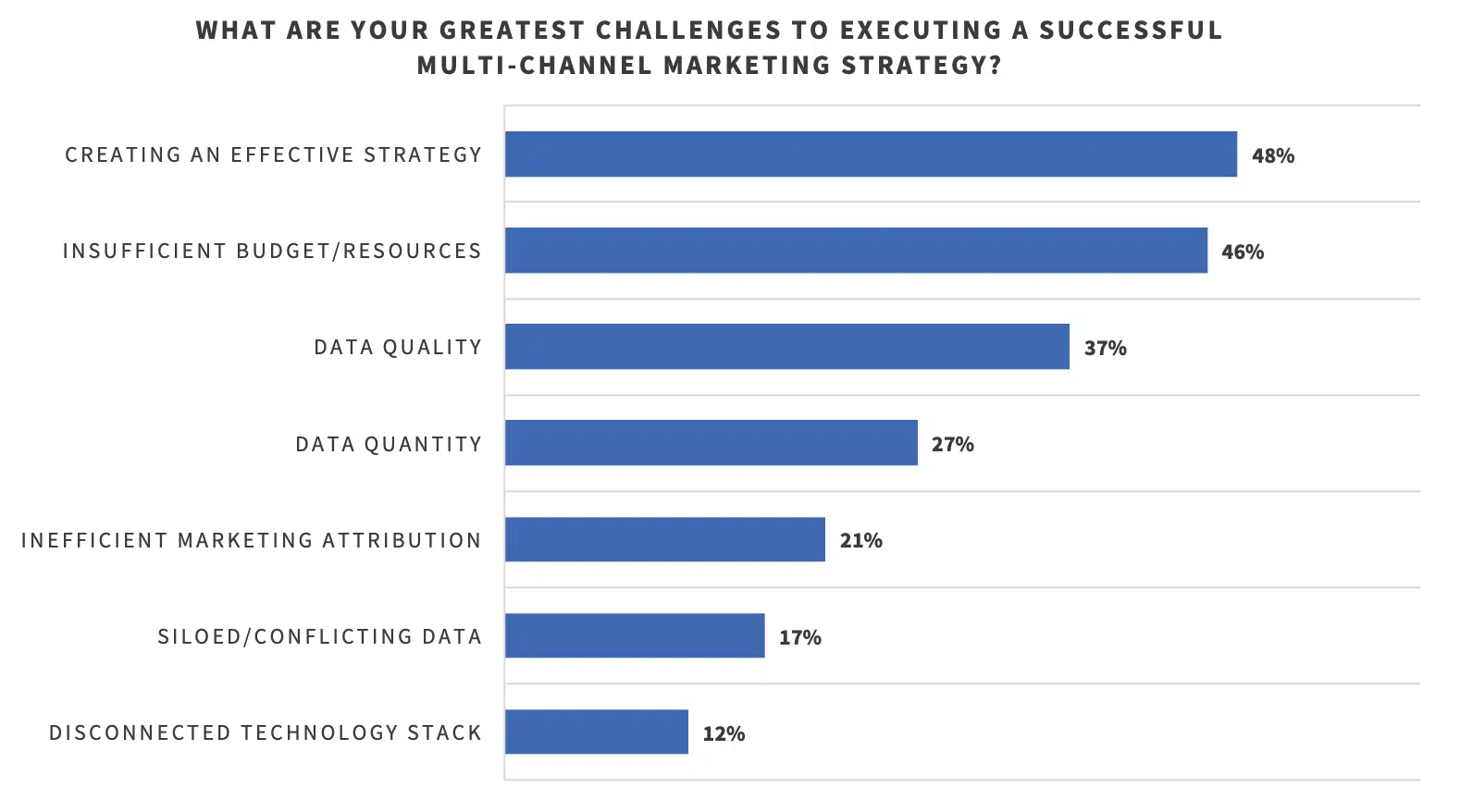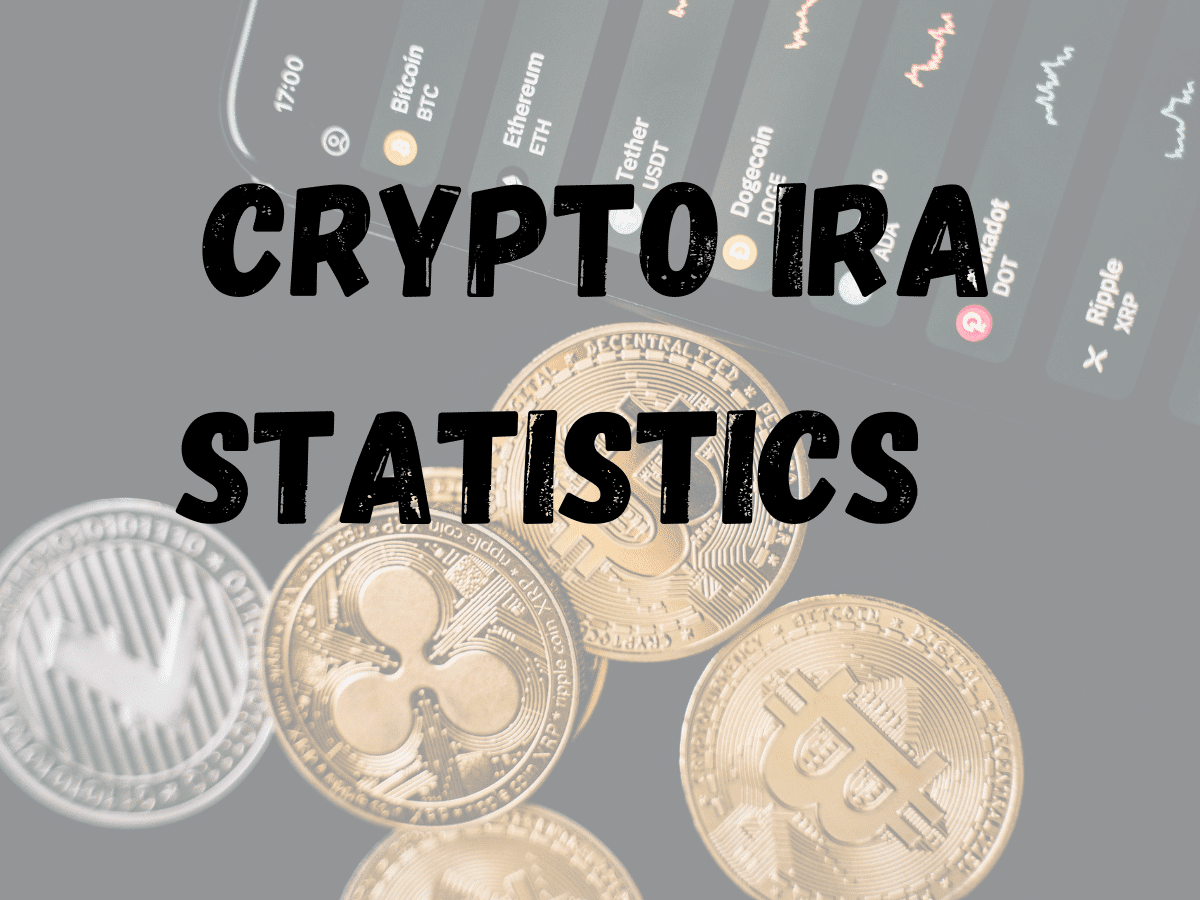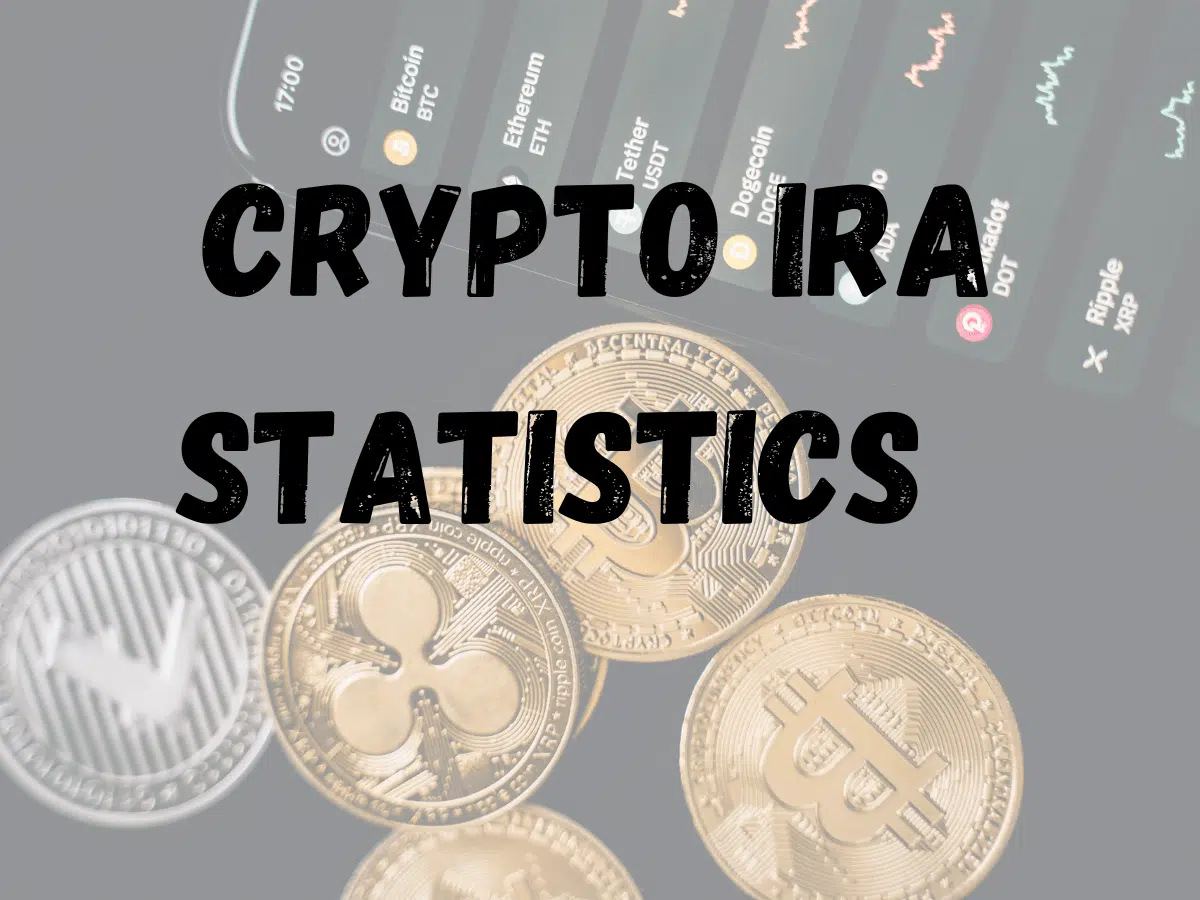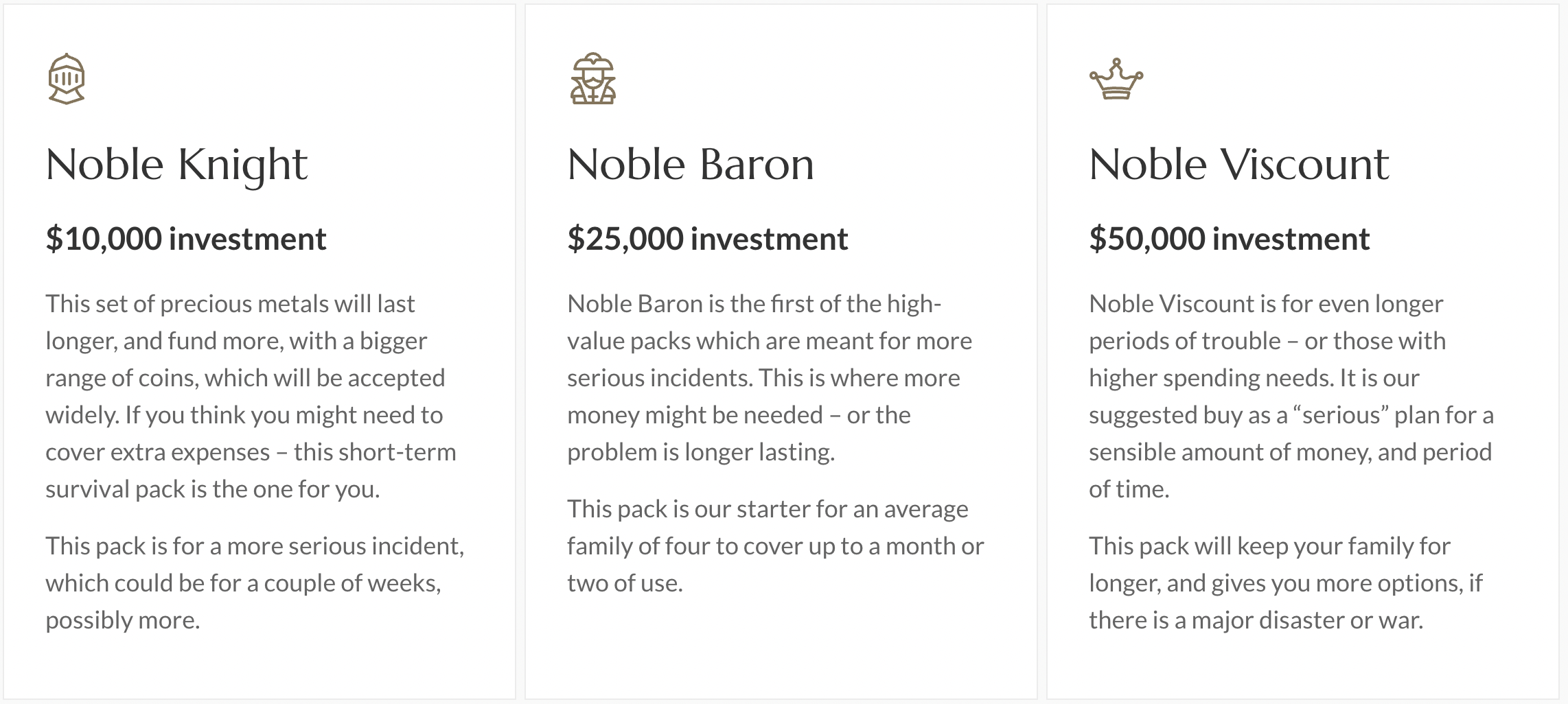
Russell Brunson
Russell Brunson is a serial entrepreneur and co-founder of Click Funnels, a software giant focusing on sales funnel creation and marketing automation. He has also launched other projects, such as Secrets of Success, which provides business and entrepreneurial breakthroughs through daily content sources.

Brunson has built a following of over a million entrepreneurs and has sold hundreds of thousands of his books source. He is known for his expertise in sales funnels and has empowered many entrepreneurs with his groundbreaking work in this field. Brunson’s entrepreneurial journey is particularly notable because ClickFunnels was entirely self-funded by his company, Etison, LLC.
Prior to his success as an entrepreneur, Russell Brunson wrestled at Boise State. He has also authored several books on entrepreneurship and business growth.
Russell Brunson stands out as one of the most accomplished online entrepreneurs. His entrepreneurial journey began with his first venture, selling potato gun DVDs online while he was still in college.
Today, Russell enjoys immense popularity as one of the most renowned internet marketers globally, boasting a following of over a million entrepreneurs.
Moreover, Russell has become one of the top-earning public speakers. In 2018, he generated over $3 million through his presentation at Grant Cardone’s conference. You can view the presentation below:
He co-founded ClickFunnels, a popular software that aids tens of thousands of entrepreneurs in swiftly disseminating their message to the market.
Launched in 2014, ClickFunnels witnessed rapid growth under Russell’s leadership, evolving into a $100 million per year enterprise within five years—all without external funding. Forbes reports its valuation at $360 million, solidifying its status as one of the fastest-growing SaaS companies.
Here’s the remarkable aspect:
Inspired by numerous success stories attributed to ClickFunnels, Russell established a private club known as the Two Comma Club for entrepreneurs who have generated over $1,000,000 through a single funnel. Presently, over 1,000 entrepreneurs like you have attained the prestigious Two Comma Club award utilizing ClickFunnels.
Why To Attend At One Of The Russell Brunson Courses?

Attending one of Russell Brunson’s courses can offer several benefits to individuals looking to grow their business or enhance their marketing skills. Here are a few reasons why attending his courses can be valuable:
- Expertise in Sales Funnels: Russell Brunson is widely recognized as an expert in sales funnels. His courses provide detailed insights, strategies, and techniques for building effective sales funnels that increase conversions and drive revenue.
- Practical Knowledge and Actionable Tips: Brunson’s courses are known for delivering practical knowledge that attendees can immediately apply to their businesses. He breaks down complex concepts into simple, step-by-step instructions, making it easier for participants to implement his strategies.
- Proven Success Stories: Russell Brunson has achieved remarkable success as an entrepreneur. Attending his courses allows individuals to learn from his experiences and success stories, gaining inspiration and guidance to overcome business challenges.
- Networking Opportunities: Attending Russell Brunson’s courses provides an opportunity to connect with like-minded individuals and network with fellow entrepreneurs. Building relationships with others in the industry can lead to collaboration, partnerships, and future business opportunities.
- Updates on Latest Marketing Trends: In the dynamic world of marketing, staying updated on the latest trends and strategies is crucial. Brunson’s courses often include information on cutting-edge marketing tactics, technology, and insights, ensuring attendees stay ahead of the curve.
It is important to note that the decision to attend a Russell Brunson course should be based on individual goals, interests, and budget. Researching the specific course content and testimonials from past participants can help individuals determine if the course aligns with their needs and expectations.
Undoubtedly, Russell Brunson stands out as one of the premier, if not the foremost, experts on sales funnels globally.
I firmly believe in the principle of learning from accomplished individuals, a sentiment echoed by Tony Robbins, who advocates emulating the strategies of successful people as a pathway to success. Hence, why not glean insights from the very best?
Since 2018, I’ve been an avid follower of Russell Brunson. I’ve diligently consumed nearly all of his content and courses, a practice that continues today.
In this article, I offer a comprehensive review of the top Russell Brunson courses available presently. Each course is thoroughly examined to provide you with a clear understanding of its content and offerings.
The post is divided into two sections: Paid Russell Brunson courses and Free Russell Brunson courses. Let’s explore each category.
Russell Brunson Courses
1. One Funnel Away Challenge

The top-notch online course by Russell Brunson currently available is the One Funnel Away Challenge. Since completing the challenge for the first time, my life has taken a remarkable turn.
The OFA Challenge is genuinely transformative, and I’ve participated in it three times already! It’s an incredible opportunity priced at just $100. Investing in it is one of the wisest decisions you can make.
This 30-day training program provides meticulous guidance for launching your initial or subsequent funnel. You’ll receive comprehensive video training and mentorship from Russell Brunson, Julie Stoian, Stephen Larsen, and numerous accomplished members of the Two Comma Club.
Here’s what’s included in the One Funnel Away Challenge:
– 30 days of video coaching/missions led by Russell Brunson
– Live coaching sessions for 30 days with ClickFunnels coaches
– Access to the NEW “OnePager” digital workbook for each mission
– Membership in the OFA Challenge Facebook group for 30 days
– Bonus “Big Breakthrough” training within the private group
– The “30 Days” Book authored by “Two Comma Club” winners
– Unlimited access to the “30 days” interviews
– Exclusive insights into the “Two Comma Club” funnels
I highly recommend opting for the physical One Funnel Away Challenge kit, which includes the “30 Bays” book. It’s available for a nominal shipping and handling fee of $19.95. Additionally, if you sign up for the One Funnel Away Challenge through my affiliate link, you’ll receive fantastic bonuses.
If you’re interested in joining the One Funnel Away Challenge, don’t hesitate—click the button to register for the next challenge now before registration closes. This opportunity is only available for a limited time!
2. Funnel Builder Secrets

Funnel Builder Secrets stands out as Russell’s most exceptional offer to date. If you’re looking for the ultimate sales funnel course, it’s a clear choice.
With an extensive 200+ hours of training, it felt like I absorbed over two decades’ worth of Russell’s funnel expertise directly into my mind.
Throughout the program, I found the content to be both captivating and meticulously organized. The modules comprehensively covered every aspect of funnel construction, from the fundamentals to advanced techniques. Upon completing the course, I gained the ability to effortlessly create sales funnels for any online business.
The insights I acquired were invaluable, such as:
- Uncovering 12 core funnels that perform exceptionally well in various scenarios.
- Crafting irresistible offers that resonate deeply with your ideal customers.
- Transforming your web pages into high-converting funnels (Funnel Hub), generating substantial leads and driving significant sales.
- Strategies for standing out in a crowded market, enabling you to avoid price wars while rapidly growing your business.
- Techniques for turning your concepts into reality, even without any prior computer knowledge or design skills.
And the list goes on.
Despite being in the funnel industry for over five years, this course made me feel like a novice again. After delving into specific modules, I was astounded, thinking, “Why didn’t I think of that before?”
My friends and I joke that it’s an unfair advantage in the world of sales funnels.
But here’s the kicker—Funnel Builder Secrets is more than just your average course. It’s a robust training program bundled with a complete suite of tools to revolutionize your business!
In addition to the course, you also receive:
- 12-month access to Clickfunnels classic and 2.0: Unlocking the lowest annual pricing in Clickfunnels history.
- Geru Pro (Lifetime Access): A tool for simulating sales funnels and marketing scenarios, identifying bottlenecks, saving time and money, and enhancing conversion rates.
- Funnel Scripts (Lifetime Access): This tool eliminates the hassle of copywriting, delivering expertly crafted, high-converting copy in minutes.
Plus, numerous other exclusive deals.
Funnel Builder Secrets is an absolute game-changer!
However, with the immense value provided by Russell Brunson and his team comes the drawback of a premium price tag. Frankly, at $2496 (or $1997 —ending soon), the course may not be feasible for everyone.
Overall, if you’re seeking the best Russell Brunson course complete with everything necessary to build, launch, and scale your online business with sales funnels, and you’re prepared to invest for the long term, this is it.
I wholeheartedly recommend it to anyone aiming to expand their online company! Nonetheless, if budget constraints pose an obstacle, we can swiftly explore the next enticing alternative.
3. Funnel Hacking Secrets Masterclass

Russell Brunson’s most recent offering, the Funnel Hacking Secrets Masterclass, is a comprehensive course on the most effective sales funnel strategies. In this course, Russell provides a step-by-step guide on achieving the prestigious Two Comma Club award within six months or even less. This invaluable course costs only $997.
What captivates me about this sales funnel course is its ability to cater to individuals at various skill levels, transforming them from beginners to expert funnel builders. The course delves into creating different funnel types utilized by Russell and the ClickFunnels Community in their own businesses.
The Funnel Hacking Secrets Masterclass covers a wide array of sales funnel strategies, including:
– And many more.
Russell asserts that each of these funnel types has propelled numerous entrepreneurs to become Two Comma Club winners or even more. The course also provides pre-built, plug-and-play templates for each sales funnel strategy session.
One outstanding benefit of enrolling in this course is that it grants you free access to Click Funnels Platinum for six months. This means you can build and launch as many funnels as you desire, enhancing the practical application of your newfound knowledge.
4. Funnelology

Funnelology is the ultimate shortcut for constructing and launching your sales funnel without encountering hurdles, confusion, or wasting time overanalyzing the process.
It offers a step-by-step funnel building training program, providing clear instructions on the necessary actions to take, enabling you to expedite the creation of your business.
Featuring over 7+ hours of dynamic, foolproof funnel-building content, you’ll uncover:
– 19 essential funnel lessons offering behind-the-scenes insights on crafting highly successful funnels that consistently attract purchasing customers.
– Guidance on selecting the RIGHT funnel for your offer, preventing the common mistake of choosing an inappropriate funnel type.
– Strategies for identifying your “honey hole” of potential customers actively seeking your offer, transitioning from chasing marketing to magnetic marketing.
– Techniques for crafting compelling hooks, stories, and offers, which can significantly boost your sales figures practically overnight.
And much more, including insights into high-converting video sales letter funnels, the effectiveness of challenge funnels, quick setup tips for product launch funnels, and strategies for generating ready-to-buy leads through webinar funnels.
While Funnelology delivers high-quality content, it falls short compared to the exceptional value offered by Funnel Builder Secrets. It lacks depth in practical tactics for utilizing tools to construct your funnel and overlooks essential aspects like funnel copywriting, which are crucial for achieving success.
Nevertheless, it remains an affordable and excellent option for beginners.
Priced at $497, Funnelology is currently unavailable for direct purchase. However, by accessing it through the “Funnels and Templates” upsell page, you can enjoy an incredible discount of $400, acquiring it for just $97!
In summary, if you’re searching for a sales funnel course that will propel you from zero to 100, solidifying your comprehension of the PHILOSOPHY behind high-converting and winning funnels, Funnelology is simply UNBEATABLE!
5. Perfect Webinar Secrets

If you’re seeking to craft compelling presentations that effectively promote your products and services, whether in person or online, then this course is precisely what you need.
Perfect Webinar Secrets, a training program by Russell Brunson, delves deeply into his Perfect Webinar framework, offering comprehensive insights on utilizing it to develop highly successful webinars.
Having personally put the script to the test, I can confidently attest to its magical effectiveness. This very script has been instrumental in transforming numerous entrepreneurs into ‘Two Comma Club‘ winners and beyond. Russell himself has mentioned in various videos how webinars played a pivotal role in scaling ClickFunnels to over 100,000 users.
Here’s what’s included in Perfect Webinar Secrets:
- Immediate access to the Perfect Webinar Script
- Complete access to the Perfect Webinar Training
- Instant access to the Funnel Frameworks Training
- Russell’s #1 Closing Technique, known as “The Stack”
- The Webinar Funnel (Training and ‘Share Funnels’)
Remarkably, Russell Brunson offers all of this for just $997, a testament to the incredible value packed into this course.
6. Your First Funnel Challenge

Feeling lost in the world of business funnels? Maybe you’ve never built one, or past attempts left you frustrated. The Your First Funnel Challenge is your answer!
In just 90 minutes a day for 5 days, you’ll be guided by marketing guru Russell Brunson, Shark Tank’s Daymond John, and a team of 20+ entrepreneurs. They’ll take your business idea and transform it into something you can be genuinely proud of, step by step.
The best part? You don’t need any tech skills, a product, or even know what a “funnel” is!
Here’s a sneak peek at the 5-day journey:
- Day 1: Funnel Hacking Secrets Unlocked: Discover the winning funnels driving results right now and find the perfect one for your business.
- Day 2: The Essential Funnel: Russell unveils the ultimate funnel EVERYONE should build, no matter your industry.
- Day 3: Hook, Story, Offer with Ads: Learn to craft a unique hook that grabs attention and attracts your ideal customers. We’re talking about creating and analyzing ads, even funnel-hacking them!
- Day 4: Become a Funnel-Building Master: Unlock the mysteries of 12 high-converting funnels across the value ladder and see how they work in real-world scenarios.
- Day 5: Launch Time! Cross the finish line and unleash your first funnel on the world!
And the best news? It’s 100% Free! Before diving into more comprehensive courses, give yourself a head start with the Your First Funnel Challenge.
7. DotCom Secrets

DotCom Secrets: My Life-Changing Guide to Online Business Success
Looking to launch or grow your online business? Look no further than DotCom Secrets, the book that kickstarted my journey, and I can do the same for you!
Here’s why I highly recommend it:
- Transformed my perspective: This book was my first step into online marketing, and it completely changed my game.
- Learn from the master: Gain insights from Russell Brunson, a leading figure in the online business world.
- Start and scale your business: Master the strategies you need to launch and grow your online venture.
Bonus! Get more than just the book when you purchase from Russell Brunson:
- Free DotComSecrets hardcopy (you pay shipping): Save $19.95 compared to the Amazon price!
- Bonus eBooks: Unlock valuable resources like “The 3 Core Funnels”, “108 Split Tests”, and “Network Marketing Secrets.”
- Funnel Audibles: Learn on the go with exclusive audio recordings.
- 30-Day DotComSecrets Challenge: Deepen your learning with a month-long guided program.
Don’t miss this opportunity to unlock the secrets to online business success! Grab your copy of DotComSecrets today and start your journey toward achieving your goals.
8. Expert Secrets

Unleash Your Expertise and Build a Thriving Community with Expert Secrets
Do you have a unique perspective and valuable skills to share? Then Expert Secrets by Russell Brunson could be the key to unlocking your full potential.
This powerful book equips you with the tools to:
- Craft a compelling narrative: Learn to tell your story in a way that resonates with your audience and builds trust.
- Cultivate a loyal following: Discover the secrets to building a thriving “tribe” of engaged supporters.
- Monetize your expertise: Turn your knowledge and experience into a profitable source of income.
More than just a book, Expert Secrets offers a comprehensive package:
- Free Hardcopy Book (you pay shipping): Save $19.95 compared to the Amazon price!
- Exclusive Video Resources: Access expert insights through videos like “Expert Evolution” and “Hook, Story, Offer.”
- Proven Templates: Leverage pre-built tools like “The Perfect Webinar Slides” to streamline your marketing efforts.
- Invaluable Challenge: Deepen your learning with the 30-Day Expert Secrets Challenge.
Don’t let your skills and knowledge go untapped! Invest in yourself and unlock the power of Expert Secrets. Grab your free copy today (cover shipping) and start building your legacy!
9. Traffic Secrets

Craving Explosive Online Traffic? Unleash the Power of Traffic Secrets!
Struggling to attract visitors to your website? Look no further than Russell Brunson’s newest book, Traffic Secrets. This culmination of his 15+ years of internet marketing experience unlocks the secrets to driving massive traffic and propelling your online presence.
Here’s what sets Traffic Secrets apart:
- Russell’s proven playbook: Learn the traffic strategies that have fueled his own success and countless others.
- Comprehensive and actionable: Gain a deep understanding of traffic generation and discover practical techniques you can implement immediately.
- More than just a book: Access a wealth of bonus resources, including:
- Free Hardcopy Book (you pay shipping): Save $19.95 compared to the Amazon price!
- The Traffic Secrets Foundation: Master the core principles behind effective traffic generation.
- The Ultimate Unfair Advantage: Discover powerful strategies to gain an edge over the competition.
- How To Make A Video Go Viral: Learn the secrets to creating viral-worthy video content.
- The Ultimate Traffic Hack: Unlock a game-changing traffic generation strategy.
- 30-Day Traffic Secrets Challenge: Deepen your learning and apply your knowledge with a guided challenge.
Ready to supercharge your website traffic? Grab your free copy of Traffic Secrets today (cover shipping) and start attracting the visitors you deserve!
P.S. Consider checking out my affiliate link if you’re interested in additional Traffic Secrets bonuses.
10. Funnel Builder Secrets Course

Unveiling the Power of Sales Funnels with the Funnel Builder Secrets Course
Are you seeking to dominate the online business landscape? Look no further than the Funnel Builder Secrets course, your gateway to mastering sales funnels from industry leader Russell Brunson.
This comprehensive program empowers you to:
- Become a ClickFunnels expert: Unlock the full potential of this powerful software.
- Craft high-converting sales funnels: Convert leads into customers seamlessly.
- Master the art of sales copywriting: Craft compelling messages that drive sales.
- Attract a steady stream of traffic: Fuel your funnels with targeted visitors.
Originally priced at $2,997, this exceptional course was once the driving force behind a $3 million sales surge during Russell Brunson’s presentation at the 10X Growth Conference.
Today’s revamped offer presents an incredible value proposition:
- One Funnel Away Challenge: Gain valuable LIVE coaching from experts.
- 6 or 12 months of ClickFunnels Platinum: Access a suite of powerful tools.
- Funnel Builder Secrets course: Learn the secrets to success.
- Traffic Secrets Course: Master traffic generation strategies.
- DotComSecrets Copywriting Scripts: Leverage proven copywriting formulas.
- UNLIMITED Account + 2CC Live Virtual Tickets: Maximize your learning experience.
But wait, there’s more! For a limited time, you can access the Funnel Builder Secrets course for FREE for 14 days alongside a wealth of bonus resources.
Don’t miss this opportunity to unlock the secrets of sales funnels and propel your business to new heights!
11. 30 Days Summit

Imagine starting from scratch. You would have no established name or built-up reputation, just your raw marketing skills and an internet connection. What would you do to build a successful business in 30 days?
That’s the core question marketing guru Russell Brunson posed to over 30 highly successful entrepreneurs, each earning over a million dollars from a single sales funnel. Their detailed responses, outlining the exact steps they’d take in this scenario, form the heart of the 30-Day Summit.
This free video series features interviews with these top ClickFunnels earners, sharing their unique tactics and game plans for achieving success with limited resources. However, there’s a twist: access to the interviews is restricted to just 3 days. This, as Brunson believes, encourages focused learning and immediate implementation of the valuable insights gained from the summit.
The 30-Day Summit provides a unique opportunity to learn from successful entrepreneurs and potentially accelerate your own path to success by connecting with like-minded individuals.
12. Brick & Mortar Summit

Brick and Mortar Summit: Learn from Successful Local Businesses (Limited Time Access)
Calling all brick-and-mortar business owners! Are you ready to thrive in today’s economy? Look no further than the Brick and Mortar Summit.
Similar to the famous 30 Days Summit, this free event focuses specifically on the success stories of local businesses just like yours. Over 15 experienced entrepreneurs from diverse niches, including real estate, accounting, medical spas, skincare, and even dentistry, will share their secrets to success.
Here’s what you’ll gain:
- Proven strategies: Learn the sales funnel tactics of thriving local businesses across various industries.
- Real-world experience: Gain valuable insights from successful entrepreneurs who understand the unique challenges and opportunities of brick-and-mortar operations.
- Actionable advice: Implement the strategies you learn immediately and watch your business grow.
But hurry—access is limited! Once you sign up, the interview videos will only be available for four days. Don’t miss this chance to learn from the best and take your brick-and-mortar business to the next level.
13. Affiliate Bootcamp Summit

Starting From Scratch: The Affiliate BootCamp Summit
Ever wondered how successful affiliate marketers built their empires from the ground up? The Affiliate BootCamp Summit offers a unique glimpse into their journeys.
Think of it as the 30-Day Summit for aspiring affiliate marketers. Russell Brunson, the marketing guru behind ClickFunnels, posed a challenging question to 15 top-earning affiliates: how would they achieve full-time affiliate marketing success within 100 days, starting with nothing but their skills and ClickFunnels?
The Affiliate BootCamp Summit is a free video series featuring ClickFunnels “super affiliates” sharing their detailed 100-day plans. Imagine learning from individuals who started without an extensive email list, influencer connections, or an established online presence yet went on to build thriving affiliate businesses.
However, there’s a catch: access to these valuable insights is limited. Once you sign up, the interview videos will only be available for 4 days. So, don’t miss this opportunity to learn from the best and jumpstart your own affiliate marketing journey!
14. DotCom Secrets Summit

The DotCom Secrets Summit: Unleashing the Power of Customized Sales Funnels (Limited Access)
Remember the DotCom Secrets book, which unveiled Russell Brunson’s core sales funnel strategies? Well, the story doesn’t end there.
Entrepreneurs and marketers took those core funnels, applied their own creative twists, and achieved remarkable results. Inspired by this innovation, Russell decided to bring these masterminds together.
Introducing the DotCom Secrets Summit, a free video interview series featuring successful entrepreneurs who’ve customized Russell’s funnel framework and made it their own. Learn how they’ve optimized these strategies to succeed in their unique niches.
Think of it as similar to the famous 30 Days and Brick and Mortar Summits but focusing on expanding the possibilities of sales funnels.
Here’s the catch: access is limited. Once you sign up, the interview videos will only be available for 5 days. Don’t miss this chance to gain valuable insights from industry leaders and unlock the full potential of customized sales funnels for your business!
15. Two Comma Club Live

Two Comma Club Live: A Virtual Funnel Hacking Experience (Free Trial Available)
Calling all ClickFunnels enthusiasts! Are you familiar with the legendary Funnel Hacking Live event? The Two Comma Club Live course offers a similar experience but with the convenience of a virtual format.
Here’s the deal:
- Virtual experience: Unlike the in-person Funnel Hacking Live, the Two Comma Club Live takes place entirely online, making it accessible from anywhere.
- Free trial: You can attend the event completely free of charge. However, there’s a pay-after-value option at the end. If you find the event valuable, you can then choose to pay a fee.
What to expect:
- Find your voice and audience: Discover strategies to establish yourself as a thought leader and attract your ideal audience.
- Master the sales funnel essentials: Deep dive into the “four funnels” that drive the majority of sales and learn how to optimize them for your business.
- Unlocking growth: Explore the secrets to scaling your business from six figures to seven figures and beyond.
Plus, much more! The Two Comma Club Live delves into various valuable topics designed to empower you to achieve your entrepreneurial goals.
Don’t miss this opportunity: Secure your free spot at the Two Comma Club Live event and experience the power of virtual learning combined with the expertise of ClickFunnels leaders. Remember, you only pay if you find it valuable!
16. 5 Day Lead Challenge

The 5-Day Lead Challenge: Attract Endless Customers
Ready to fill your sales pipeline with hot leads? The 5-Day Lead Challenge, created by marketing guru Russell Brunson, is your free roadmap to building a lead generation machine.
Over five action-packed days, you’ll learn from a dream team of coaches:
- Russell Brunson: The mastermind behind the challenge, Russell will share his proven methods for attracting a steady stream of leads.
- Yara Golden: Gain valuable insights from Yara on crafting irresistible lead magnets.
- Rachel Miller: Rachel will guide you through building high-converting funnels that nurture leads into loyal customers.
This challenge is perfect for you if:
- You’re an entrepreneur, small business owner, or network marketer seeking to expand your reach.
- You’re an affiliate marketer or marketing agency looking to generate leads for your clients.
- You sell information products and physical products or run a brick-and-mortar store – the challenge can help you attract qualified prospects.
Here’s what you’ll unlock in each action-packed day:
- Day 1: Discover the secrets to generating a never-ending flow of leads for your business.
- Day 2: Craft a lead magnet so enticing that it practically grabs leads by the hand and pulls them into your sales funnel.
- Day 3: Build a lead funnel that seamlessly converts curious visitors into raving fans.
- Day 4: Design an email follow-up funnel that keeps leads engaged and moving toward a sale.
- Day 5: It’s launch day! Learn how to unleash your powerful funnel on the world and start watching those leads roll in.
Join the challenge today and take control of your lead generation!
17. Perfect Webinar Secrets

Do you struggle with creating high-converting webinars or presentations?
This course, inspired by Russell Brunson’s experience, offers a proven framework to boost your sales on stage, webinars, and other platforms.
What you’ll learn:
- Effective Sales Techniques: Master “The Stack and The Close” strategy for maximizing sales.
- Step-by-Step Webinar Creation: Build a powerful presentation using a clear framework.
- Crafting Compelling Content: Learn 4 key elements of a high-impact webinar.
- Building Your Sales Funnel: Understand the complete webinar funnel process (with free templates).
- Universal Sales Skills: Apply these techniques beyond webinars (stage, Facebook Live, video sales letters, etc.)
The benefits:
- Increased Sales: Learn to create presentations that drive significant sales.
- Versatile Application: Use these skills across various platforms.
- Proven Framework: Gain access to a system honed over 15 years for selling any product or service.
Invest only $7 to unlock the secrets of professional selling!
This script avoids overly promotional language (“ULTIMATE,” “PURE GOLD,” “MASSIVE sales”) and focuses on the practical value offered by the course. It also clarifies that the course is inspired by Russell Brunson, rather than directly created by him.
18. FunnelFlix

Calling all ClickFunnels users! If you’re looking to take your business to the next level, you’ll love FunnelFlix.
Think of it as Netflix for entrepreneurs. Instead of binge-watching shows, you can learn from marketing rockstars and develop game-changing skills. FunnelFlix boasts a massive library of over 2200+ videos covering everything from funnel building and list creation to copywriting, traffic generation, advertising, and even personal development.
The best part? You’ll get access to courses by legendary marketing gurus like Dan Kennedy, Jay Abraham, Tony Robbins, and Frank Kern – all for free with FunnelFlix! (These courses typically cost a small fortune elsewhere).
Plus, you’ll get free access to several courses by Russell Brunson, including Funnel Secrets, One Funnel Away Challenge, Traffic Secrets, and more.
Imagine having ongoing expert advice to stay ahead of the curve, absolutely free. To unlock this goldmine of knowledge, all you need to do is sign up for ClickFunnels (which is a huge win in itself).
Not convinced? ClickFunnels offers a 14-day free trial, so you can explore FunnelFlix risk-free. You only pay if you love it!
Conclusion
Each of Russell Brunson’s courses has its strong points, and just because The Funnel Builder Secrets is the best doesn’t mean it’s the best for you.
If you’re an absolute newbie in the funnel game and have never built a funnel before or have given it a shot but came up empty-handed, let’s start with the Your First Funnel Challenge.
Ready to build your first sales funnel and see results fast? This 5-day plan gives you a clear roadmap. Watch the video and follow the daily assignments to get started.
Want an even faster track? For a small investment, Funnelology, with its pre-built funnels and templates, can be your ultimate shortcut to launch.
Looking for the most comprehensive guide? Funnel Builder Secrets is the all-in-one blueprint to take your funnel and your business to the next level. This is your chance to unlock long-term revenue growth.
Changes made:
- More substantial opening: Starts with a question to grab attention and emphasizes the speed of results.
- More explicit calls to action: Each section has a clear benefit and tells users what to do next.
- Removed hype language: Phrases like “perfect plan,” “killer funnel,” and “change your business FOREVER” are replaced with more factual and persuasive language.
- Focused on benefits: The focus is shifted from features (video, assignments) to the benefits users will get (build a funnel, see results fast, unlock growth).




